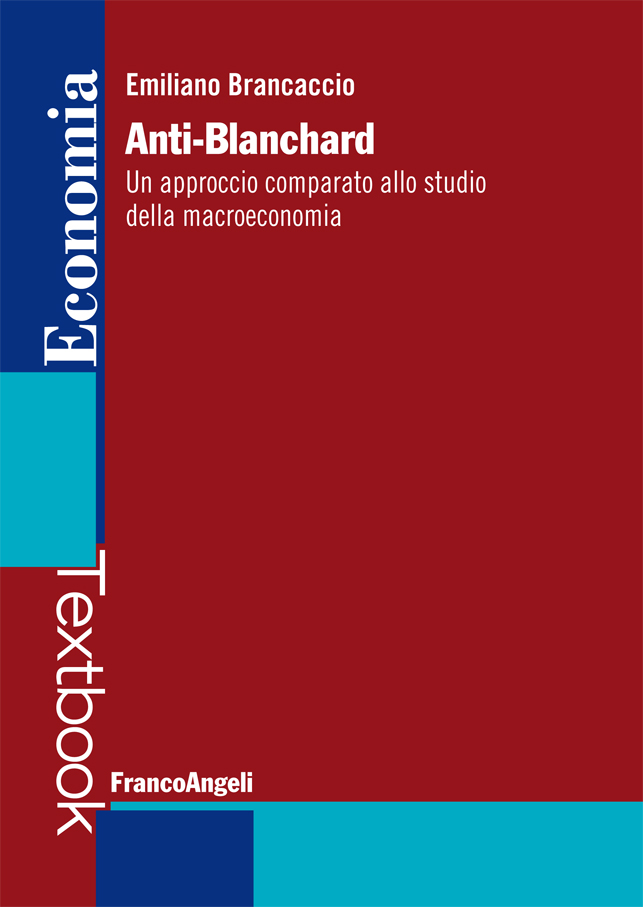Seconda parte di Chovanec sull’immobiliare cinese
Yesterday, I began an investigation into the potential causes behind the latest bump in China’s property sales numbers, and whether they portend a genuine turn-around in the nation’s real estate market. I noted that five basic theories to account for what has been happening, and promised to examine them each in turn:
- Lower Prices are Bringing Buyers Back
- Looser Restrictions are Unleashing Pent-Up Demand
- Optimistic Buyers are Misreading the Market
- Government Intervention is Boosting the Numbers
- Developers are Fudging Numbers to Stay Afloat
In my last post, I concluded that it was certainly possible that a fall in both real and nominal property prices could explain a recovery in sales, as properties become more affordable to buyers. However, this theory cannot explain the rebound in property prices reportedly taking place, nor should it offer much comfort to hard-pressed developers, who would may have to endure steep losses to clear…
View original post 1.778 altre parole
 Olivier Blanchard, capo economista del Fondo Monetario Internazionale, è uno dei più autorevoli esponenti del cosiddetto “mainstream”, la corrente principale della teoria economica contemporanea. Blanchard è anche autore del manuale Macroeconomia, uno dei libri di testo più diffusi nelle università di tutto il mondo. L’edizione italiana, edita da Il Mulino, è stata realizzata in collaborazione con Alessia Amighini e Francesco Giavazzi.1
Olivier Blanchard, capo economista del Fondo Monetario Internazionale, è uno dei più autorevoli esponenti del cosiddetto “mainstream”, la corrente principale della teoria economica contemporanea. Blanchard è anche autore del manuale Macroeconomia, uno dei libri di testo più diffusi nelle università di tutto il mondo. L’edizione italiana, edita da Il Mulino, è stata realizzata in collaborazione con Alessia Amighini e Francesco Giavazzi.1